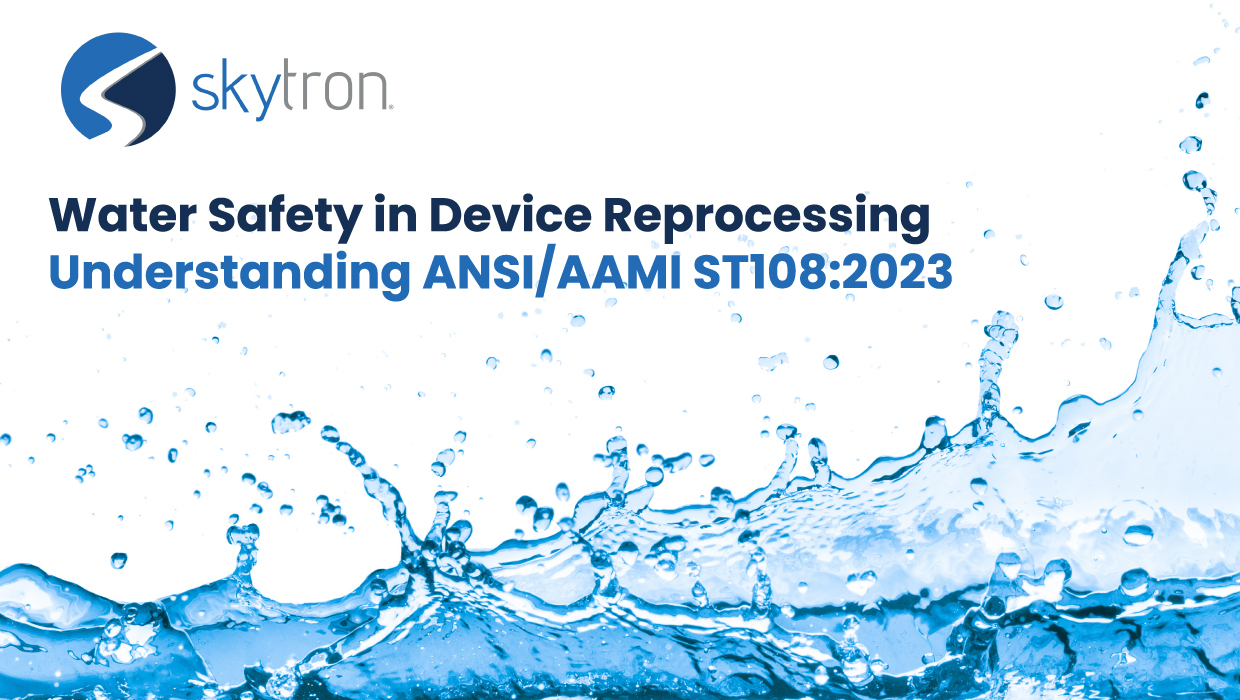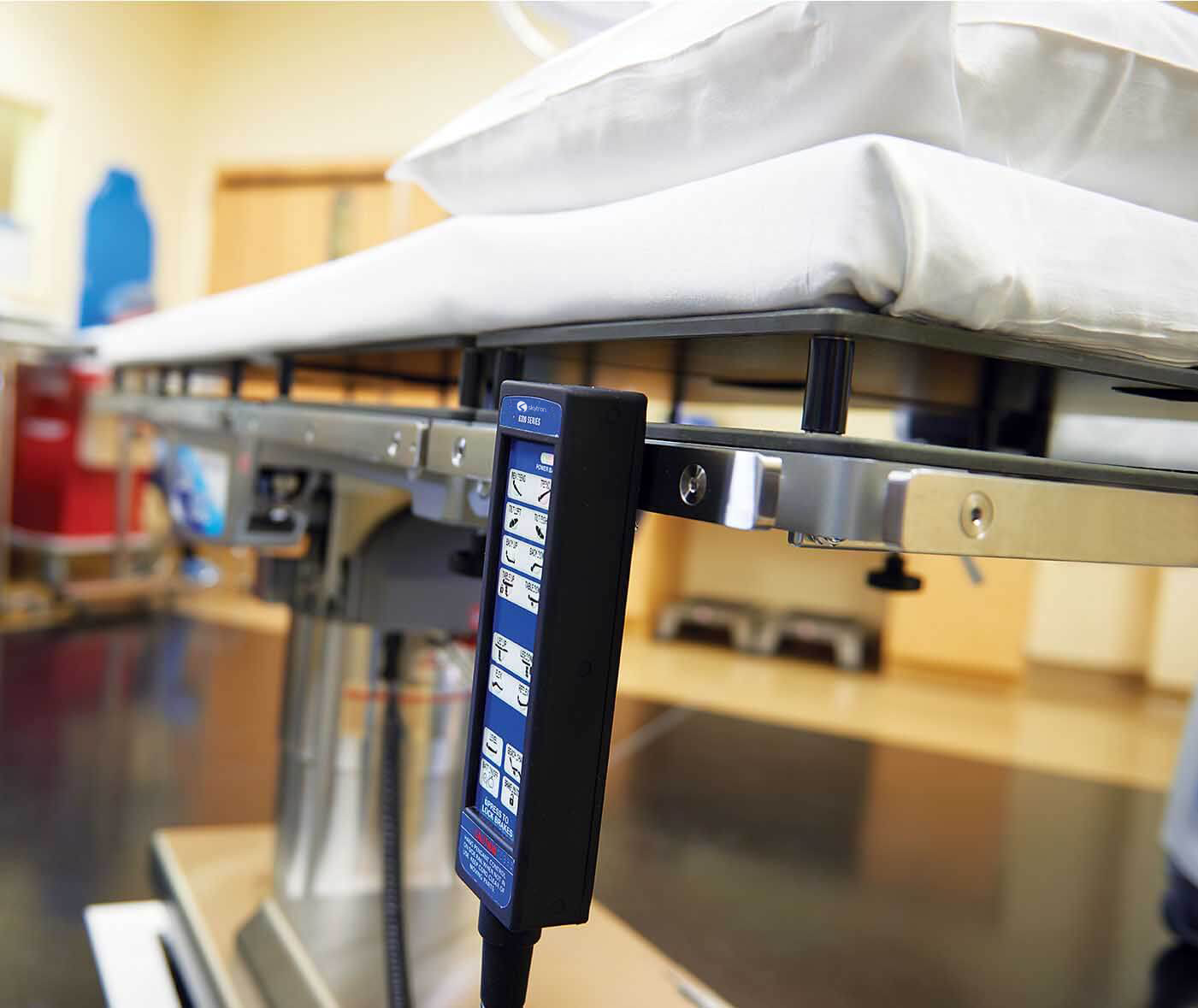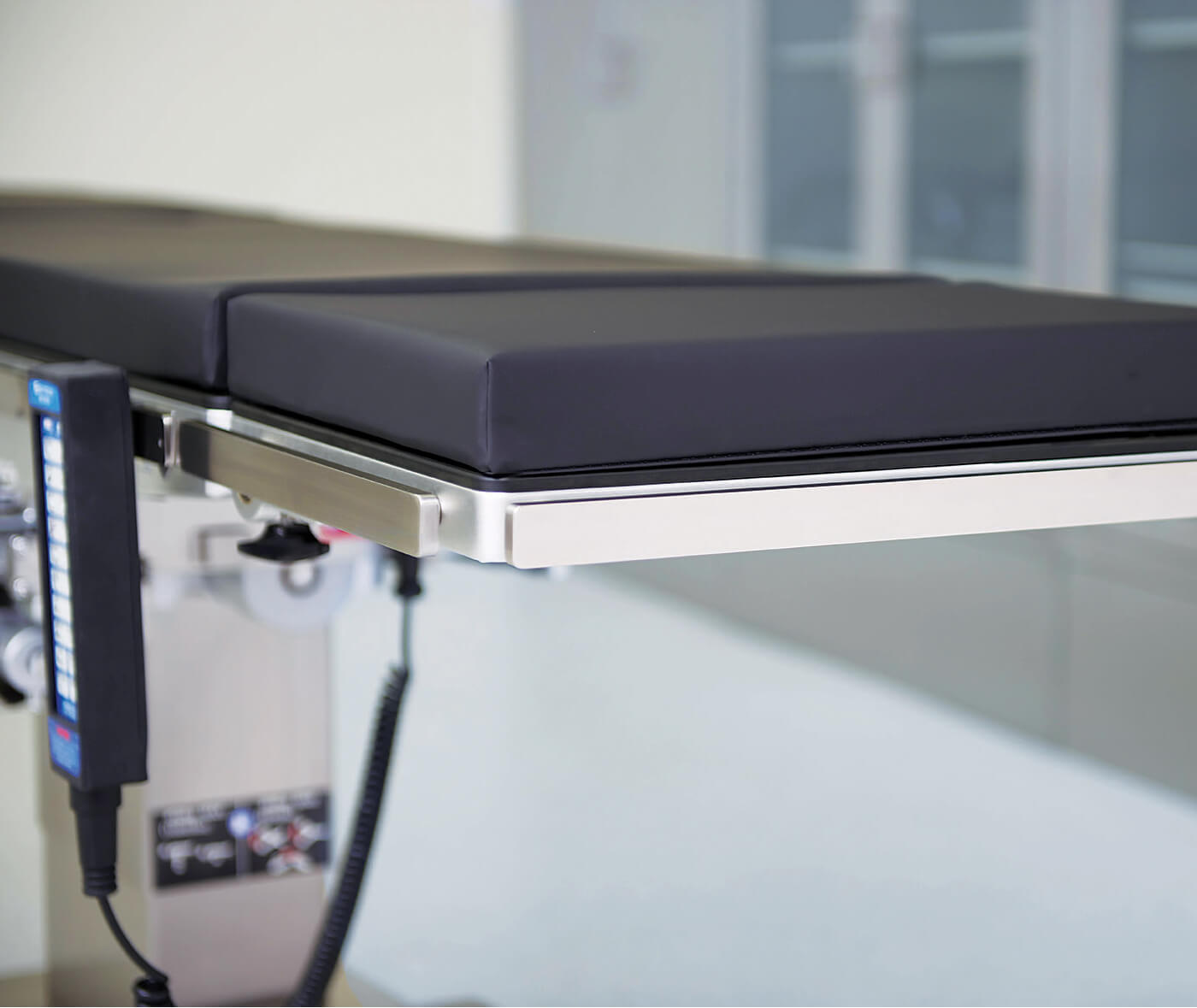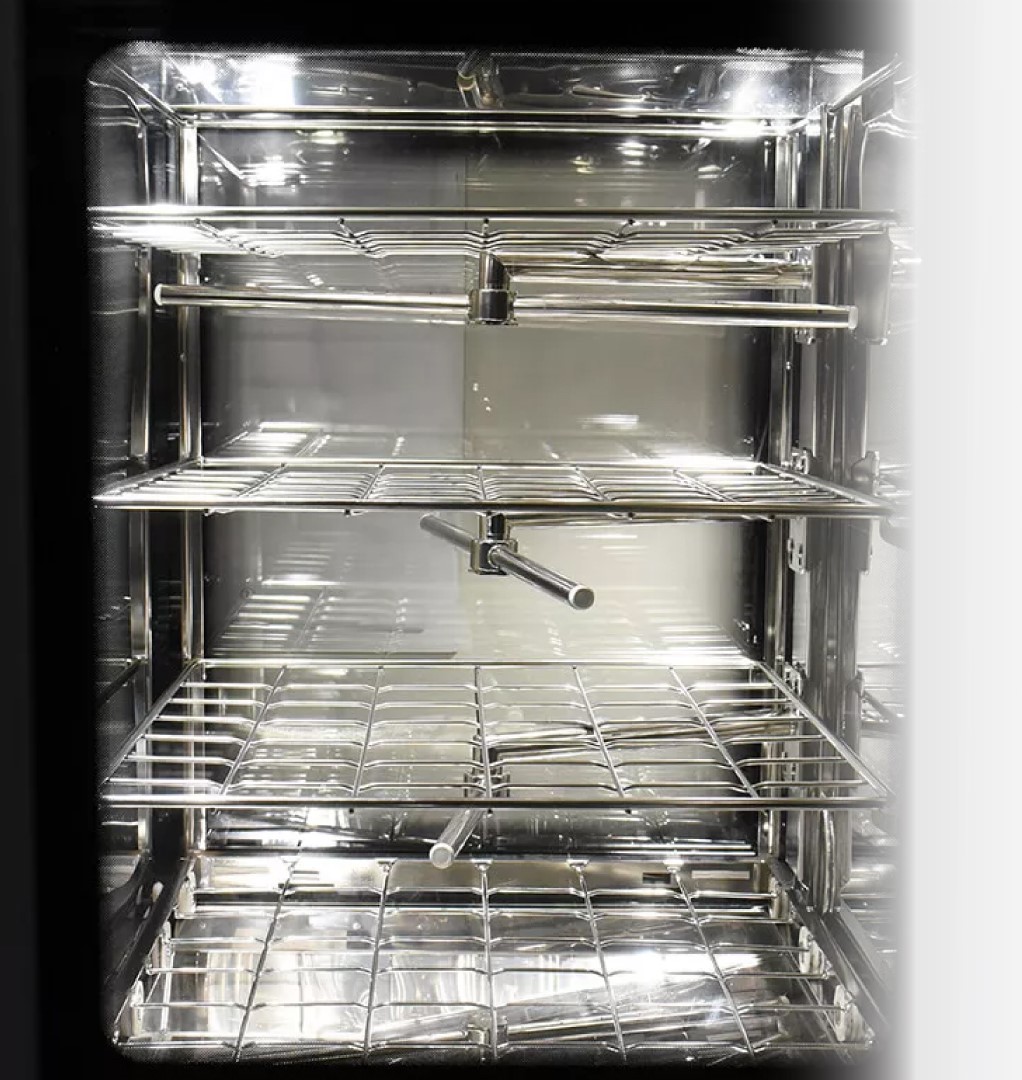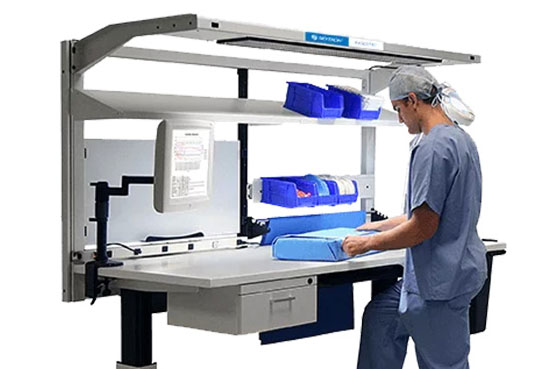
-
Written ByRebecca Kinney
-
PublishedMarch 7, 2023
Ergonomics is the science of designing work environments, products, and systems to fit the needs and capabilities of the people who use them.
Are you part of a Sterile Processing or Operating Room (OR) team? If so, you know how tough and repetitive the work can be. From lifting heavy equipment to standing for long periods of time, it can take a toll on your body over time. That’s why it’s crucial to prioritize ergonomics in Sterile Processing and OR environments.
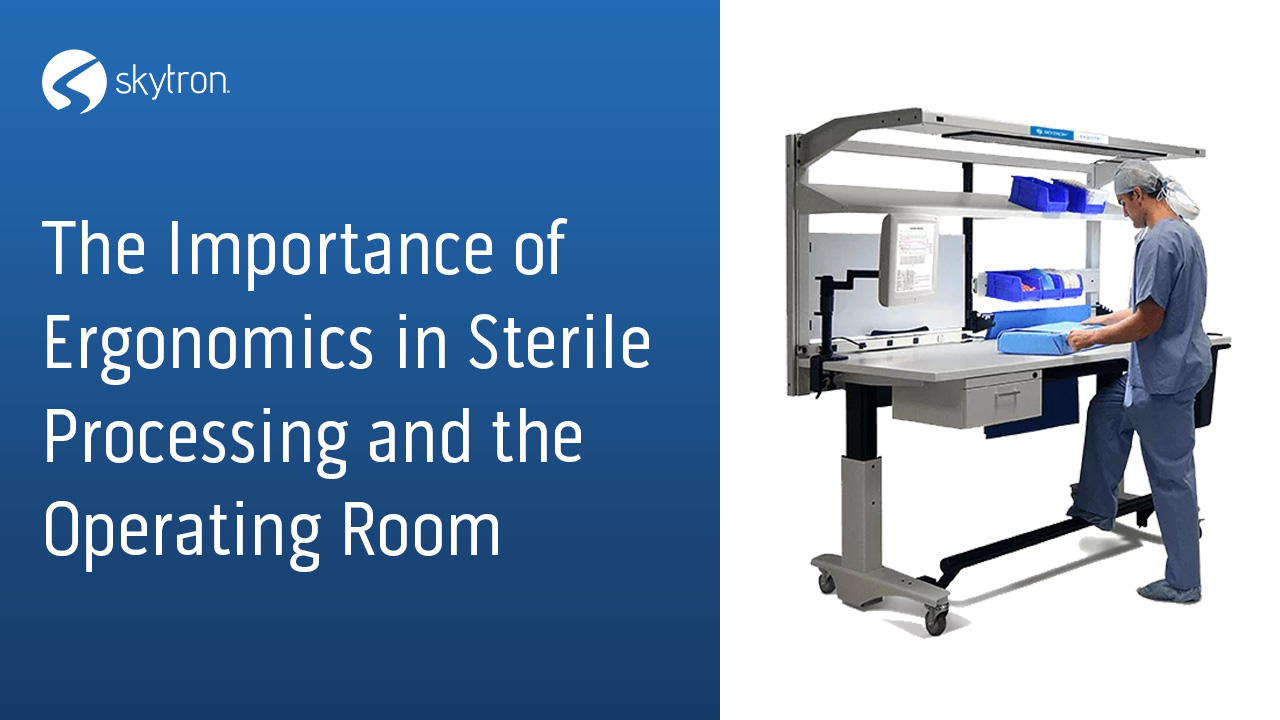
In this article, we’ll chat about why ergonomics is so important for the health and well-being of Sterile Processing and OR teams, and how you can implement ergonomic principles into your work environment. So, grab a seat, and let’s dive into the world of ergonomic design!
Ergonomics is the science of designing work environments, products, and systems to fit the needs and capabilities of the people who use them. In Sterile Processing and OR environments, ergonomics is especially important due to the physically demanding and repetitive nature of the work.
Improper ergonomics can lead to a variety of musculoskeletal disorders (MSDs) such as back pain, neck pain, and carpal tunnel syndrome, which can cause discomfort and even disability. These injuries not only have negative impacts on the health and well-being of Sterile Processing and OR teams but also affect the quality of patient care they provide.
To avoid these injuries, it’s essential to implement ergonomic principles into your workspace. Here are six practical suggestions that can help:
- Use adjustable height workstations and reprocessing sinks:
Utilize height-adjustable tables and workstations to accommodate the height of team members and reduce the need for bending and stretching. - Properly position equipment:
Position equipment such as surgical lights, monitors, and medical devices at a comfortable height and angle to avoid awkward postures and physical strain. - Provide supportive flooring:
Install supportive flooring such as anti-fatigue mats to reduce the impact of standing for long periods of time and alleviate foot and leg fatigue. - Encourage movement and stretching:
Encourage team members to take frequent breaks and engage in stretching exercises to promote blood flow, reduce muscle tension, and prevent physical strain. - Prioritize proper lifting techniques:
Provide training on proper lifting techniques to reduce the risk of back and neck injuries associated with lifting heavy equipment and supplies. - Use proper posture:
Encourage proper posture while sitting or standing to reduce the risk of neck, shoulder, and back pain.
By implementing these ergonomic principles, you can create a workspace that’s safe, and efficient, and promotes employee well-being and patient care. Regular training and awareness about ergonomic design can also help team members understand the importance of ergonomic principles and identify opportunities for improvement in their work environment.
It’s also important to regularly assess the effectiveness of ergonomic practices and make necessary adjustments to ensure continued improvement. This can be achieved through surveys, employee feedback, and assessments by ergonomic experts.
At Skytron we believe that your patients and employees should always be as safe as possible. It is not always an easy feat given the nature of your work (long hours on your feet, multiple devices, patient needs, etc.), but it is possible to alleviate some of
that strain. Proper ergonomics in combination with the correct equipment help make this less of a stressor.
Whether you are looking for height adjustable prep and pack workstations or processing sinks for decontamination. The correct surgical table for patient positioning, surgical light booms that move cords and other equipment off the floor and put them into reach creating clinical lights with flexible positioning to direct focus control, or a Streamline IV Transport System that reduces the physical stress and repetitive use injuries inherent during patient transport we have you covered.
Let’s get started on creating a workspace that’s comfortable, efficient, and safe for both ourselves and our patients!
Discover our broad range of solutions



